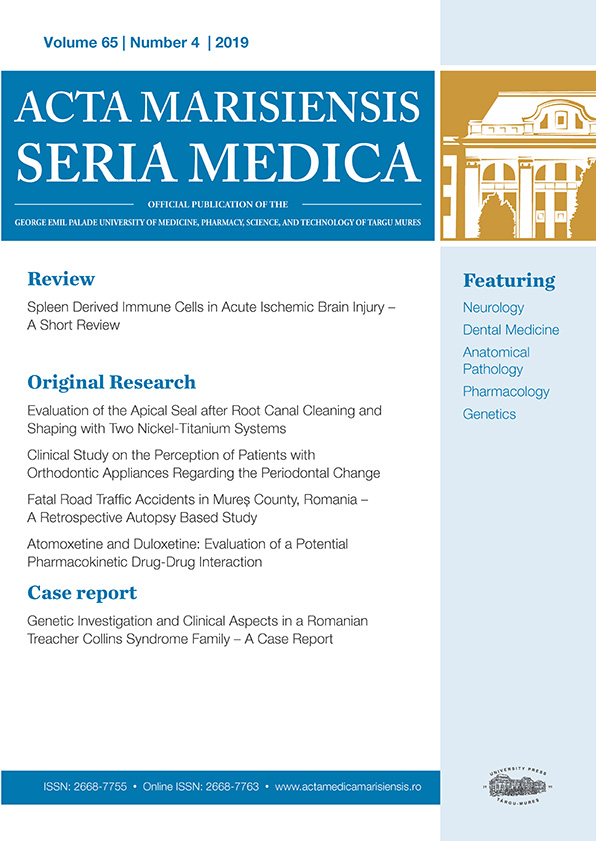The effect of amygdala low-frequency stimulation on inter-hippocampal connectivity in the pilocarpine model of epilepsy
Abstract
Objective: The aim of our study was to investigate the effect of amygdala low-frequency stimulation on inter-hippocampal network synchronization by using the phase locking value (PLV) in order to establish new biomarkers of treatment efficacy in a temporal lobe epilepsy model.
Materials and Methods: The lithium-pilocarpine model of epilepsy was used to induce status epilepticus in male Wistar rats. Afterward, seizures were scored based on continuous video recordings. 8 weeks after status epilepticus electrodes were implanted: a stimulating electrode in the left basolateral amygdala and bilaterally two hippocampal recording electrodes in both pilocarpine-treated and age-matched control rats (N=7). 10 Pilo and 4 control animals were stimulated daily for 10 days with 4 packages of 50 seconds 4Hz trains. Inter-hippocampal PLVs were measured offline before and after stimulation trains in delta (1-4Hz), theta (4-12Hz), gamma (30-100Hz), HFO (100-150Hz), ripple (150-250Hz), and fast ripple (250-600Hz) bands using Brainstorm software.
Results: The PLV before the stimulation was significantly lower in epileptic animals compared to controls in the delta, theta, and gamma bands. The PVLs of epileptic animals were increased by low-frequency stimulation in delta and theta bands. The PLVs in HFO and ripple band correlated positively with the changes in seizure rate, while the PLVs in the delta, theta, and gamma correlated positively with the changes in seizure duration.
Conclusion: Amygdala low-frequency stimulation improved the impaired synchrony between the two hippocampi in low-frequency bands. The phase locking value could be useful to evaluate the efficiency of therapeutic interventions in temporal lobe epilepsy.
Copyright (c) 2021 István Mihály, Ádám-József Berki, Károly Orbán-Kis, Zsolt Gáll, Réka-Barbara Bod, Tibor Szilágyi

This work is licensed under a Creative Commons Attribution-NonCommercial-NoDerivatives 4.0 International License.









